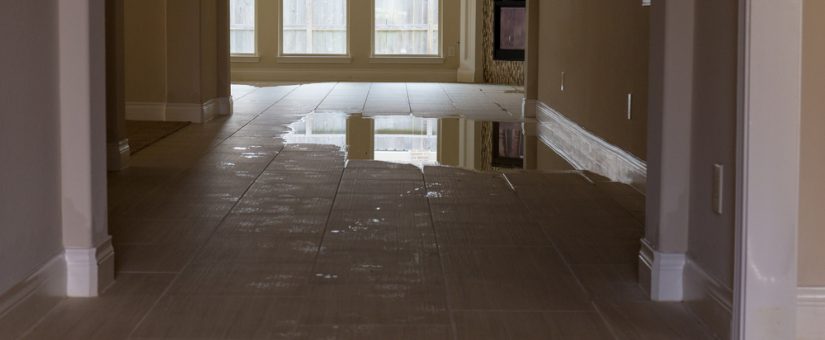Pinpoint the Top Causes for Leak Problems Inside Your Home
Pinpoint the Top Causes for Leak Problems Inside Your Home
Blog Article
We have uncovered this post about How to detect water leaks in your home listed below on the internet and accepted it made good sense to share it with you over here.

Leakages not just trigger waste of water however can likewise trigger unneeded damage to your home and advertise undesirable natural growth. Sadly, water leaks may go unnoticed because most of the pipework in our residence is concealed. By recognizing and looking for everyday situations that create leaks, you can protect your residence from future leakages as well as unnecessary damages. Today, we will take a look at six leakage creates that might be triggering your pipes to drip.
Instantaneous temperature level adjustments.
Extreme temperature level changes in our pipelines can trigger them to expand and also contract all of a sudden. This expansion and also contraction might trigger cracks in the pipelines, especially if the temperature level are below freezing. It would certainly be best if you kept an eye on exactly how your plumbing works. The visibility of the formerly mentioned scenarios regularly suggests a high threat.
Rusty water systems
This might be the cause of discoloration or warping on your water pipes. If our plumbing system is old, take into consideration changing the pipelines since they are at a higher risk of rust than the more recent designs.
Malfunctioning Pipeline Joints
Pipe joints can weaken over time, resulting in water leaks. If you have noisy pipelines that make ticking or banging sounds, specifically when the warm water is turned on, your pipe joints are probably under a lot of pressure.
Elbowing in origins
The majority of water leakages begin outside the house instead of inside it. If you discover an abrupt decrease in water pressure, say in your faucet, take time to go out as well as examine your lawn. You might notice damp spots or sinkholes in your backyard, which could indicate that tree roots are getting into water lines triggering water to permeate out. You can have your plumber look for invasion, specifically if you have trees or shrubs near your building.
Poor Water Connectors
At times, a leak can be created by loose hoses as well as pipelines that provide your home appliances. In instance of a water connections leakage, you may observe water running directly from the supply line or pools around your appliances.
Blocked Drains
Obstructed drains could be frustrating and inconveniencing, however they can in some cases end up creating an overflow resulting in rupture pipelines. Keep eliminating any materials that might drop your drains that might block them to avoid such troubles.
All the above are causes of leakages however not all water leakages arise from plumbing leakages; some leaks may originate from roof covering leakages. All leakages should be fixed immediately to prevent water damages.
Leakages not only trigger waste of water yet can also trigger unnecessary damage to your residence and promote unwanted natural growth. By looking as well as recognizing for day-to-day scenarios that cause leakages, you can secure your residence from future leakages and also unneeded damage. Today, we will look at six leakage causes that may be causing your pipes to drip.
At times, a leakage can be created by loosened tubes and also pipelines that provide your devices. In situation of a water links leakage, you may see water running straight from the supply line or pools around your devices.
How To Check For Water Leak In Your Home
How To Check for Leaks
The average household's leaks can account for nearly 10,000 gallons of water wasted every year and ten percent of homes have leaks that waste 90 gallons or more per day. Common types of leaks found in the home are worn toilet flappers, dripping faucets, and other leaking valves. These types of leaks are often easy to fix, requiring only a few tools and hardware that can pay for themselves in water savings. Fixing easily corrected household water leaks can save homeowners about 10 percent on their water bills.
To check for leaks in your home, you first need to determine whether you're wasting water and then identify the source of the leak. Here are some tips for finding leaks:
Take a look at your water usage during a colder month, such as January or February. If a family of four exceeds 12,000 gallons per month, there are serious leaks.
Check your water meter before and after a two-hour period when no water is being used. If the meter changes at all, you probably have a leak.
Identify toilet leaks by placing a drop of food coloring in the toilet tank. If any color shows up in the bowl after 10 minutes, you have a leak. (Be sure to flush immediately after the experiment to avoid staining the tank.)
Examine faucet gaskets and pipe fittings for any water on the outside of the pipe to check for surface leaks.
Undetected water leaks can happen without the home or business owner even realizing. If you suspect a water leak, but not able to find the source. It is time to contact a professional water leak detection service, The Leak Doctor.
How To Find a Water Leak In Your Home
https://www.leakdoctor.com/blog/How-To-Check-For-Water-Leak-In-Your-Home_AE197.html

Do you enjoy more info about How to detect water leaks in your home? Give a remark below. We will be delighted to hear your opinions about this blog. We hope that you come back again soon. Enjoyed our posting? Please share it. Let others locate it. We cherish reading our article about How Fast Water Damage Can Ruin Your Home.
Go Deal Report this page